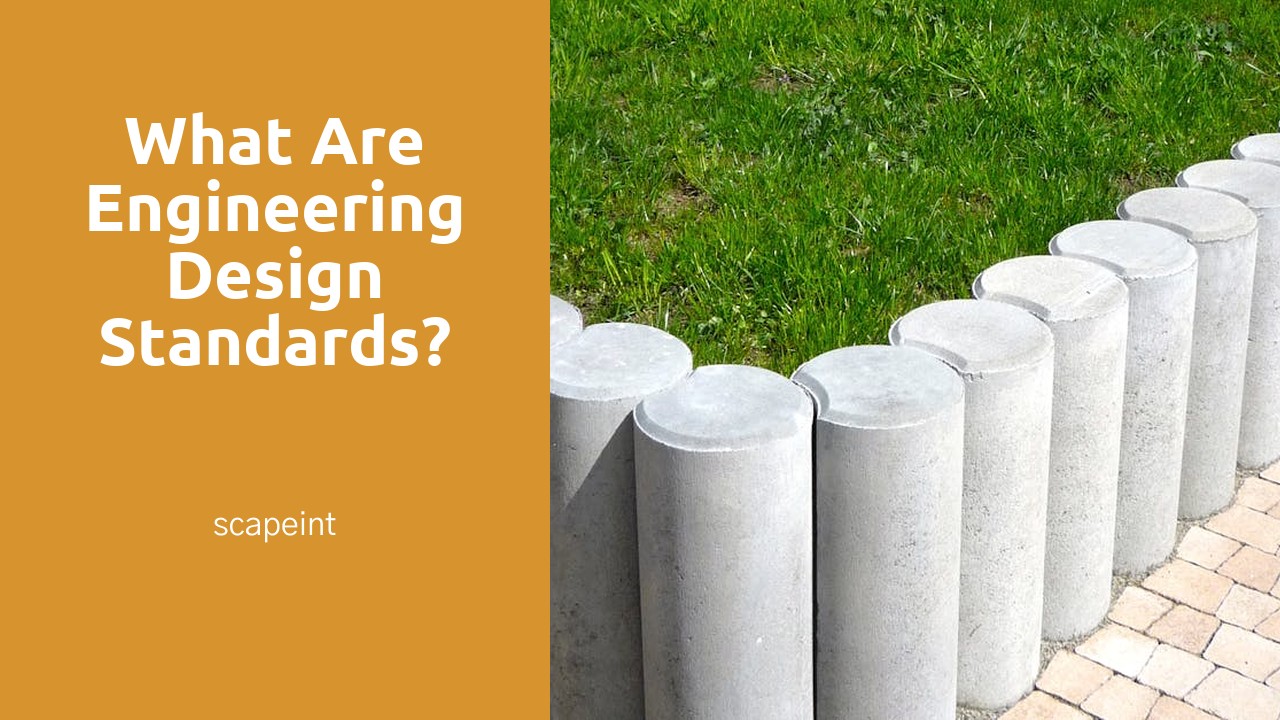
Table Of Contents
Factors Influencing Design Decisions in Engineering
Factors influencing design decisions in engineering are multifaceted and require a comprehensive understanding of various elements. One critical aspect to consider is site analysis in Norfolk, as geographical peculiarities can significantly impact the design process. It is essential to evaluate factors such as soil composition, topography, and accessibility to ensure that the final engineering design is robust and feasible in the given context. Moreover, weather patterns and environmental considerations play a pivotal role in shaping design decisions, emphasizing the importance of a holistic approach to engineering solutions.
Furthermore, stakeholder requirements and industry standards exert a substantial influence on design decisions in engineering. Balancing these often conflicting demands requires a thorough examination of project scope, budget constraints, and timelines. Through effective communication and collaboration with diverse stakeholders, engineers can navigate through these complexities to arrive at optimal design solutions that align with both technical specifications and stakeholder expectations.
Cost Analysis and Optimization
Cost analysis and optimization play a crucial role in the field of engineering design. When undertaking a project, engineers must carefully consider the financial aspects to ensure that the design meets the required specifications within the allocated budget. Site analysis in Norfolk, for example, may involve evaluating various cost factors such as material expenses, labour costs, and equipment expenditures. By conducting a thorough cost analysis, engineers can identify potential areas where optimization can be implemented to minimize expenses without compromising the quality of the final design.
Furthermore, optimization strategies aim to enhance the overall efficiency of the engineering design process. This may involve exploring alternative materials or construction methods that can reduce costs while maintaining the integrity of the project. In the context of site analysis in Norfolk, engineers may look for opportunities to streamline operations, improve resource utilization, and eliminate any unnecessary expenses. By continuously refining and optimizing the design process, engineers can deliver cost-effective solutions that meet the project requirements and budget constraints.
Incorporating Sustainability in Engineering Design
In engineering design, sustainability has become a pivotal factor that must be carefully integrated into the entire process. Engineers are recognizing the critical role they play in mitigating environmental impacts and promoting sustainable practices. A key aspect of incorporating sustainability in engineering design involves conducting comprehensive site analysis to understand the unique characteristics of a location. For instance, in a project like "Site Analysis in Norfolk," engineers would assess factors such as soil composition, biodiversity, and water sources to minimize ecological disruption and improve long-term environmental stewardship.
Moreover, sustainability in engineering design extends beyond just the environmental aspect and includes considerations related to social and economic viability. Engineers must strive to create designs that not only reduce environmental harm but also enhance societal well-being and economic prosperity. Integrating sustainability into engineering design is a multi-faceted approach that requires balancing various parameters to achieve optimal outcomes for both present and future generations.
Environmental Impact Assessment
Environmental Impact Assessment is a crucial step in the engineering design process to evaluate the potential effects of a project on the environment. It involves identifying, predicting, and mitigating any adverse impacts that the project may have on air, water, land, and wildlife. Site Analysis in Norfolk is an essential component of this assessment, as it considers the unique environmental characteristics of the location and helps in determining the best strategies to minimize negative consequences. By conducting a thorough assessment, engineers can design solutions that are not only technically sound but also environmentally friendly.
Moreover, Environmental Impact Assessment involves consulting with various stakeholders, including government agencies, local communities, and environmental organizations. Engaging with these parties helps in gathering diverse perspectives and ensures that all concerns are addressed in the design process. By incorporating feedback from stakeholders, engineers can develop projects that are more sustainable and responsive to the needs of the community. Environmental Impact Assessment is, therefore, a collaborative effort that requires careful consideration of environmental factors and active engagement with those affected by the project.
Addressing Ethical Considerations in Engineering Design
When it comes to engineering design, ethical considerations play a crucial role in ensuring that projects are executed with integrity and responsibility. Engineers must evaluate the potential impact of their designs on the community, environment, and future generations. For instance, when conducting a site analysis in Norfolk for a new construction project, engineers need to consider the ethical implications of the project on the local community and ecosystem. By prioritizing ethical standards in the design process, engineers can mitigate risks and create solutions that promote sustainability and social well-being.
Incorporating ethical considerations in engineering design involves upholding professional standards, respecting stakeholders' values, and complying with regulations and industry guidelines. Engineers must ethically address potential conflicts of interest, prioritize the safety and well-being of the public, and communicate transparently with all parties involved in the project. By integrating ethical principles into the decision-making process, engineers can ensure that their designs serve the greater good and contribute positively to society. Site analysis in Norfolk or any location should be conducted with a profound respect for ethical norms to create designs that are not only technically sound but also morally upright.
Ensuring Safety and Compliance Standards
Safety and compliance standards are paramount in the field of engineering design, ensuring that structures, products, and systems meet necessary regulations and guidelines. One key aspect of this is conducting thorough risk assessments to identify potential hazards and implementing measures to mitigate these risks. By taking into account factors such as material properties, intended use, and potential failure points, engineers can design with safety in mind from the outset.
Moreover, compliance with industry-specific regulations and standards is crucial in upholding the integrity and quality of engineering projects. Engineers must stay informed of any changes in regulations and adapt their designs accordingly to meet the required standards. This process involves meticulous attention to detail and a thorough understanding of the legal framework governing the project. Site Analysis in Norfolk must encompass an in-depth review of the laws and regulations pertinent to the project to ensure full compliance and safety for all stakeholders involved.
FAQS
What is engineering design?
Engineering design is the process of creating a solution to a problem or a product that meets specified criteria within constraints, such as cost, sustainability, ethical considerations, and safety standards.
What are the key elements of engineering design?
The key elements of engineering design include identifying the problem, researching and gathering information, brainstorming and generating ideas, analyzing and selecting the best solution, prototyping and testing, and finally, implementing and evaluating the design.
How do factors influence design decisions in engineering?
Factors that influence design decisions in engineering include technical feasibility, cost considerations, environmental impact, ethical considerations, safety requirements, and client specifications.
How is sustainability incorporated into engineering design?
Sustainability is incorporated into engineering design by considering the environmental impact of the design, using eco-friendly materials, optimizing energy efficiency, and ensuring the long-term viability of the product or solution.
Why is it important to address ethical considerations in engineering design?
Addressing ethical considerations in engineering design is crucial to ensure that the design and implementation of a product or solution do not harm individuals, communities, or the environment, and that the design process is conducted with integrity and transparency.



